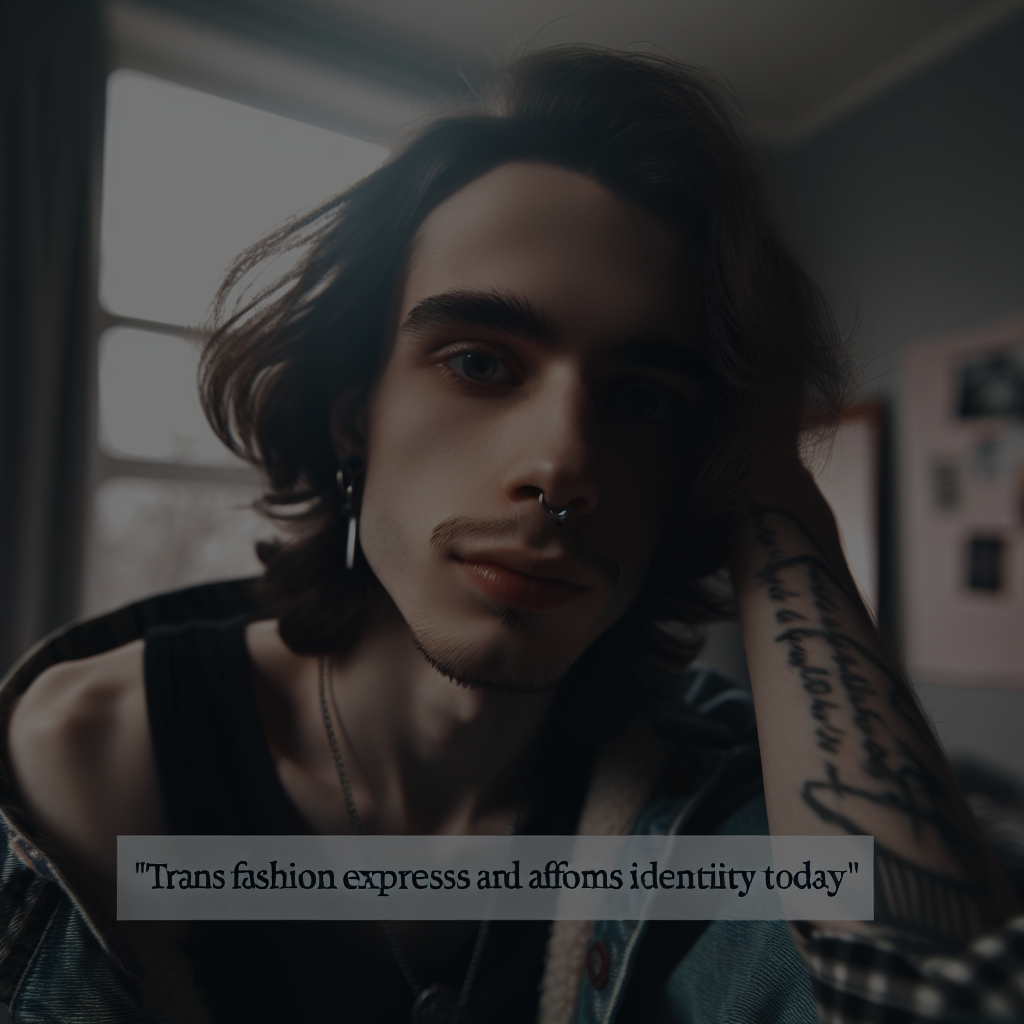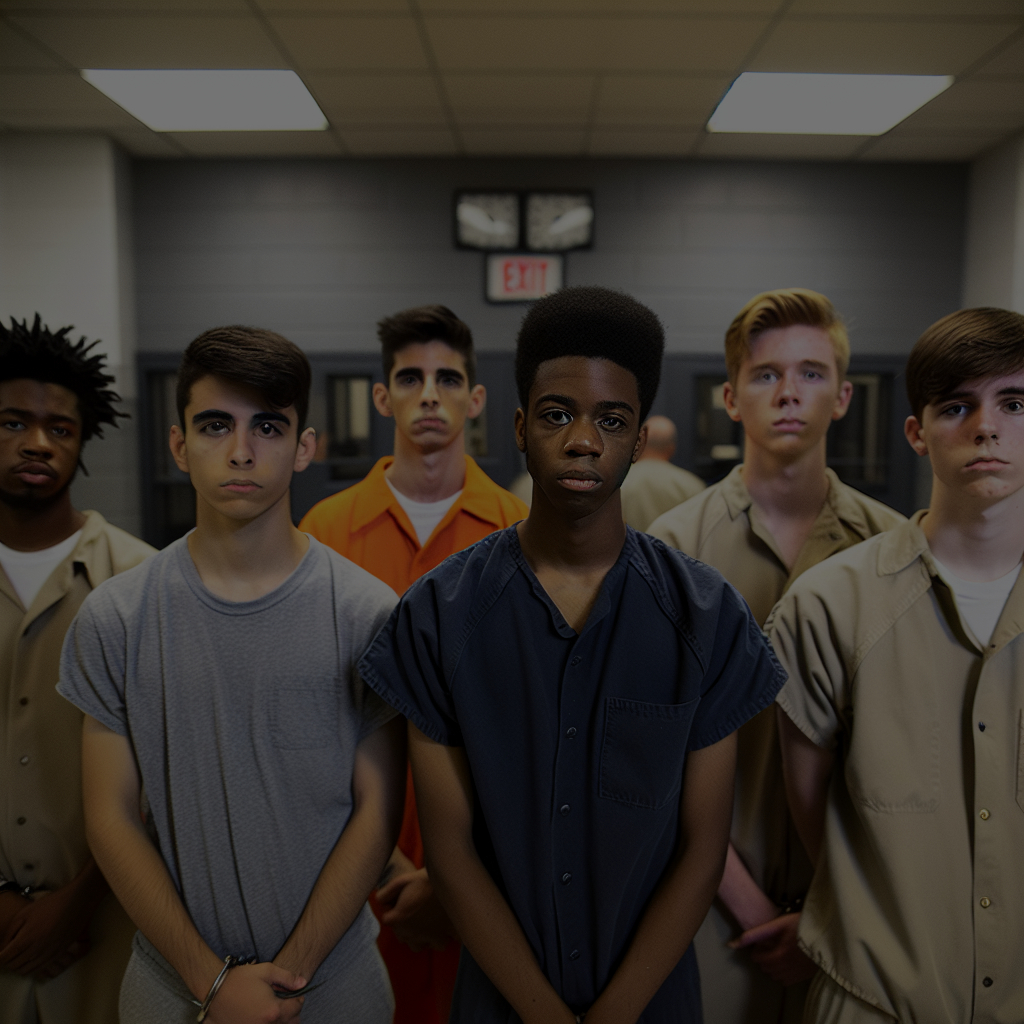Trans fashion is more than just what we wear — it’s a powerful form of communication, an artistic tool of self-expression, and a statement of existence in a world that often imposes rigid norms. Dressing up, picking a hairstyle, or wearing a specific accessory becomes an act of resistance, pride, and authenticity. This article delves into how creativity, style, and self-confidence intersect in trans fashion, and how anyone can draw strength from it to embrace and express their true identity.
Understanding Trans Fashion: Visibility & Self-Affirmation
Trans fashion sits at the crossroads of queer culture, social evolution, and the ongoing fight for recognition. It isn’t confined to gender-specific garments or an idealized body type — it is about freedom, identity, and reclaiming one’s own body.
For far too long, trans individuals were expected to conform to binary gender norms — either male or female. Today, trans fashion breaks through those limits, creating fluid spaces where everyone can choose how they want to be seen.
Trans designers, influencers, and models play a pivotal role in this shift. Through their visibility and creativity, they inspire new generations to show up as their authentic selves — unapologetically.
Fashion as a Tool of Empowerment for Trans Individuals
For many trans people, clothing becomes the first step toward liberation. Long before any medical or legal transition, dressing in a way that aligns with one’s inner truth offers a powerful way to affirm identity.
Style transforms into both shield and mirror — protecting against biases while reflecting the self-image one has longed to show the world.
Through cuts, fabrics, and accessories, trans people can rebuild a peaceful relationship with their bodies. These choices become trusted allies in syncing appearance with felt identity.
Some express themselves boldly with vibrant, defiant looks. Others find comfort in more neutral, minimalist styles. Either way, fashion becomes a deeply personal language — a way to exist, visibly and authentically.
The Language of Trans Fashion: Fluid Gender & Free Expression

One of trans fashion’s greatest strengths lies in its power to blur conventionally gendered lines. Traditional rules — skirts for women, suits for men — no longer apply.
The genderfluid movement, thriving on runways and social media, draws from this shift. Clothing is no longer tied to biological sex, but to energy, emotion, and intent.
For example:
- An oversized suit can convey strength — no matter who wears it.
- A flowing dress may symbolize softness, without being labeled “feminine.”
- Pastel and neon tones become markers of identity rather than gender signals.
Trans fashion refuses limitation — it embraces streetwear, couture, vintage, K-fashion, minimalism, punk. Every piece becomes a vessel of experimentation and celebration of the self.
Trans Icons Redefining the Fashion Industry
A growing number of trans individuals are shaping today’s fashion landscape, forcing brands to rethink representation and embrace true diversity.
🪩 Andreja Pejić
This Bosnian-Australian model broke gender barriers by walking in both men’s and women’s shows. After coming out as a trans woman in 2014, she became one of the first trans models to appear in Vogue.
🖤 Hunter Schafer
Both actor and model, this non-binary trans advocate shot to fame in Euphoria. Now a muse for Prada and Mugler, Schafer champions avant-garde, gender-defying fashion.
💎 Indya Moore
Known for their role in Pose, Indya Moore blends fashion with activism. They’ve walked for Louis Vuitton and Dior, using the red carpet as a stage for trans liberation.
💫 Lea T
As a Givenchy muse, Lea T was among the pioneering trans supermodels with global reach. Her grace and advocacy continue to inspire a new generation of trans creatives.
These trailblazers aren’t just walking the runway — they’re changing what it means to be visible, powerful, and real in an industry still learning to make space for everyone.
The Role of Inclusive Brands & Designers
Trans fashion has expanded far beyond luxury campaigns — it lives on in purposeful brands actively reimagining how clothes should be made and for whom.
1. Trans-Affirming Brands
Labels like gc2b (specializing in high-quality binders), Urbody, and TomboyX design garments for real bodies and lived identities, intentionally creating pieces for the trans community, by the community.
2. Mainstream Brands Embracing Inclusivity
Fashion giants such as Gucci, Balenciaga, and Mugler have featured trans models in their campaigns. Rihanna’s Savage x Fenty made inclusive sizing and representation part of its core — not just a trend.
3. Queer Independent Designers
Creators like No Sesso, MI Leggett, and Pierre Davis bring together art, fashion, and activism. Their collections reject binary categorization and celebrate wearable self-expression for all identities.
Through their work, the fashion industry evolves — becoming a space of freedom, not judgment.
How Trans Fashion Is Shaping the Culture
Trans fashion now influences pop culture, digital platforms, and advertising campaigns worldwide.
On TikTok, trans creators share style journeys, wardrobe hacks, and confidence-boosting tips, making others feel seen, supported, and empowered to shine as their authentic selves.
Brands are slowly adapting, featuring androgynous figures, non-binary aesthetics, and inclusive messages that reflect reality — not outdated norms.
Even fashion schools are stepping up: in cities like Paris and London, courses now include inclusive design and identity-conscious fashion practices.
The message is clear: individual expression matters more than societal conformity.
Ongoing Challenges in Trans Fashion
Despite significant progress, the road ahead isn’t without obstacles. The fashion world still presents systemic barriers for trans individuals.
1. Tokenized Representation
Trans models are often included in campaigns as symbolic gestures, not long-term partners. True integration remains rare, and diversity risks being reduced to marketing tools.
2. Limited Access to Inclusive Clothing
Conventional retailers rarely cater to trans-specific anatomy. Sizing, fit, and materials often overlook bodies undergoing transition or use of binders and tucking gear.
3. Industry Discrimination
Trans models and designers frequently face direct or subtle bias — from casting calls to runway exclusion. While culture evolves, systemic transformation requires collective accountability and action.
These challenges highlight that trans fashion is as much a social movement as it is an artistic one.
Tips for Expressing Gender Identity Through Style
Embracing trans fashion starts with reconnecting to yourself. Here are practical steps to express identity with confidence and ease:
1. Listen to Your Body
Before following trends, focus on what feels good. Comfort is the foundation of self-confidence and ease.
2. Play With Style
Don’t be afraid to explore. Mix aesthetics, break rules, and find joy in creating a style that’s entirely your own.
3. Seek Inclusive Brands
Support labels that design for all body types and gender expressions. These brands often offer adjustable, non-gendered, or transitional clothing lines.
4. Accessorize Your Mood
Accessories like jewelry, glasses, bags, and makeup allow creative self-expression without overhauling your wardrobe.
5. Connect With Online Trans Communities
Follow forums, YouTube channels, and Instagram creators for style inspiration and emotional support. Shared experiences build self-esteem and belonging.
Trans Fashion as Artistic & Cultural Revolution
Beyond trends, trans fashion fosters a deeper aesthetic and philosophical revolution.
Queer artists and photographers are rewriting the visual language of beauty, portraying trans bodies








Deja una respuesta